Water is critical for the 1,090 students and 69 staff at Friends Kaimosi Primary School. However, they do not have enough water to meet their daily needs and ensure the school's proper functioning as a day school and boarding school.

The school has two available water sources: a pipe stand providing public water and rainwater collection tanks, but neither can provide sufficient water for such a large school population. The school must pay for the piped water, but it is expensive, and frequently, the infrastructure (power and piping) for the water to flow is compromised. The rain tanks simply can not collect enough water during the short rainy season to sustain the demand.

"Our main water source is the municipal water supply, which bills are always expensive, and if we delay or fail to pay for the services, then [the] water is disconnected, and this affects the school and boarding students," said 39-year-old teacher French Logovane.

Mr. Logovane teaching students.
"Water is a very key thing here at school, and lack of enough water surely makes students uncomfortable with learning. For instance, if students don't have water for drinking, they will definitely not concentrate in class, and some will have [a] headache which ends up destructing lessons," continued Mr. Logovane.
"Most staff members don't stay within [the] school compound, but for the few who stay around (me included), [we] have to adjust to the situation just like [the] students. During [the] daytime, water is limited just for drinking because both day [students] and boarding students use the water sources, which teachers need to be present to control," said Mr. Logovane.
For the teachers to help students have the best chance of a bright future, they all need a reliable, safe water source on their school campus that allows them to stay in class.
Steps Toward a Solution
Our technical experts worked with the local community to identify the most effective solution to their water crisis. They decided to drill a borehole well, construct a platform for the well, and attach a hand pump.
Well
Abundant water often lies just beneath our feet. Aquifers—natural underground rivers—flow through layers of sediment and rock, offering a constant supply of safe water. A borehole well is drilled deep into the earth to access this naturally filtered and protected water. We penetrate meters, sometimes even hundreds of meters, of soil, silt, rock, and more to reach the water underground. Once found, we construct a platform for the well and attach a hand pump. The community gains a safe, enclosed water source capable of providing approximately five gallons of water per minute. Learn more here!
Handwashing Stations
Alongside each water source, we install two gravity-fed handwashing stations, enabling everyone at the school to wash their hands. Handwashing is crucial for preventing water-related illnesses within the school and community. Student “health clubs” maintain the stations, fill them with water, and supply them with soap, which we often teach them how to make.
Latrines
We will construct two Ventilated Improved Pit (VIP) latrine blocks designed to prevent fecal disease transmission. Each latrine features a cement floor, making it easy to use and clean regularly. Three stalls will serve the girls, and three will serve the boys.
School Education & Ownership
Hygiene and sanitation training are integral to our water projects. Training is tailored to each school's specific needs and includes key topics such as proper water handling, improved hygiene practices, disease transmission prevention, and care of the new water point.
To ensure a lasting impact, we support forming a student health club composed of elected student representatives and a teacher. These clubs promote hygiene practices schoolwide and keep handwashing stations well-stocked. This student-led model encourages a sense of ownership and responsibility.
Safe water and improved hygiene habits foster a healthier future for everyone in the school and the surrounding community.
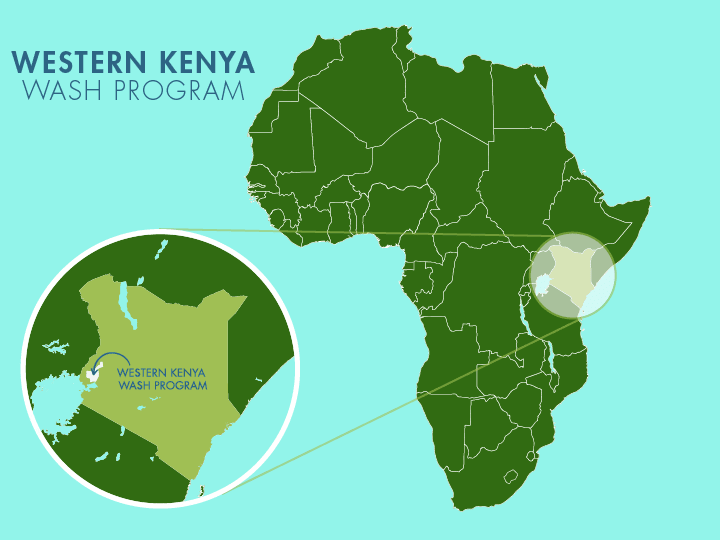
 Borehole Well and Hand Pump
Borehole Well and Hand Pump
 Rehabilitation Project
Rehabilitation Project





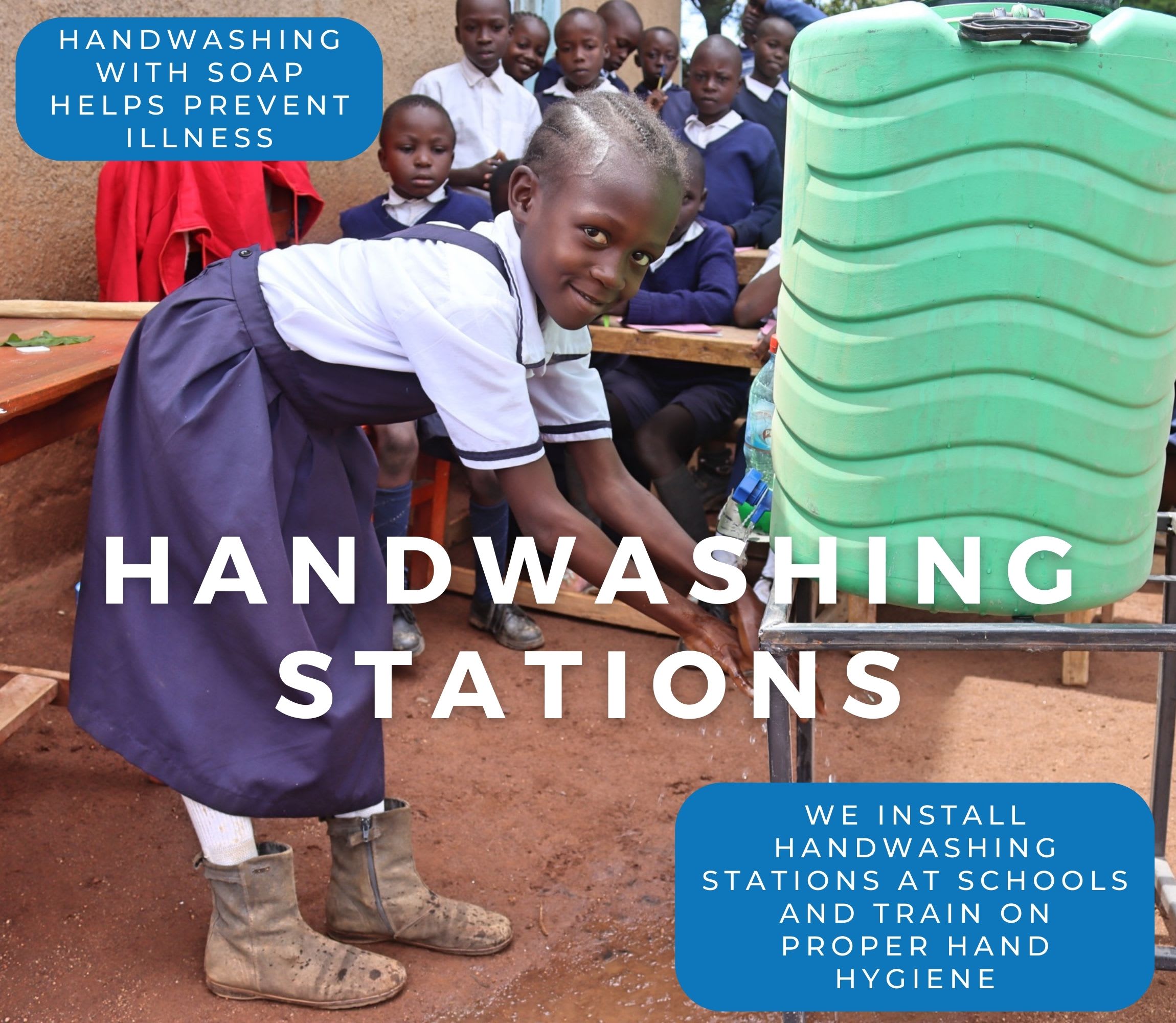






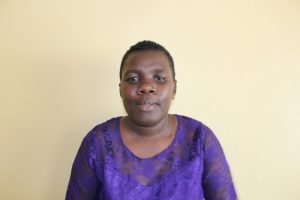
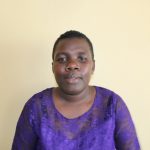
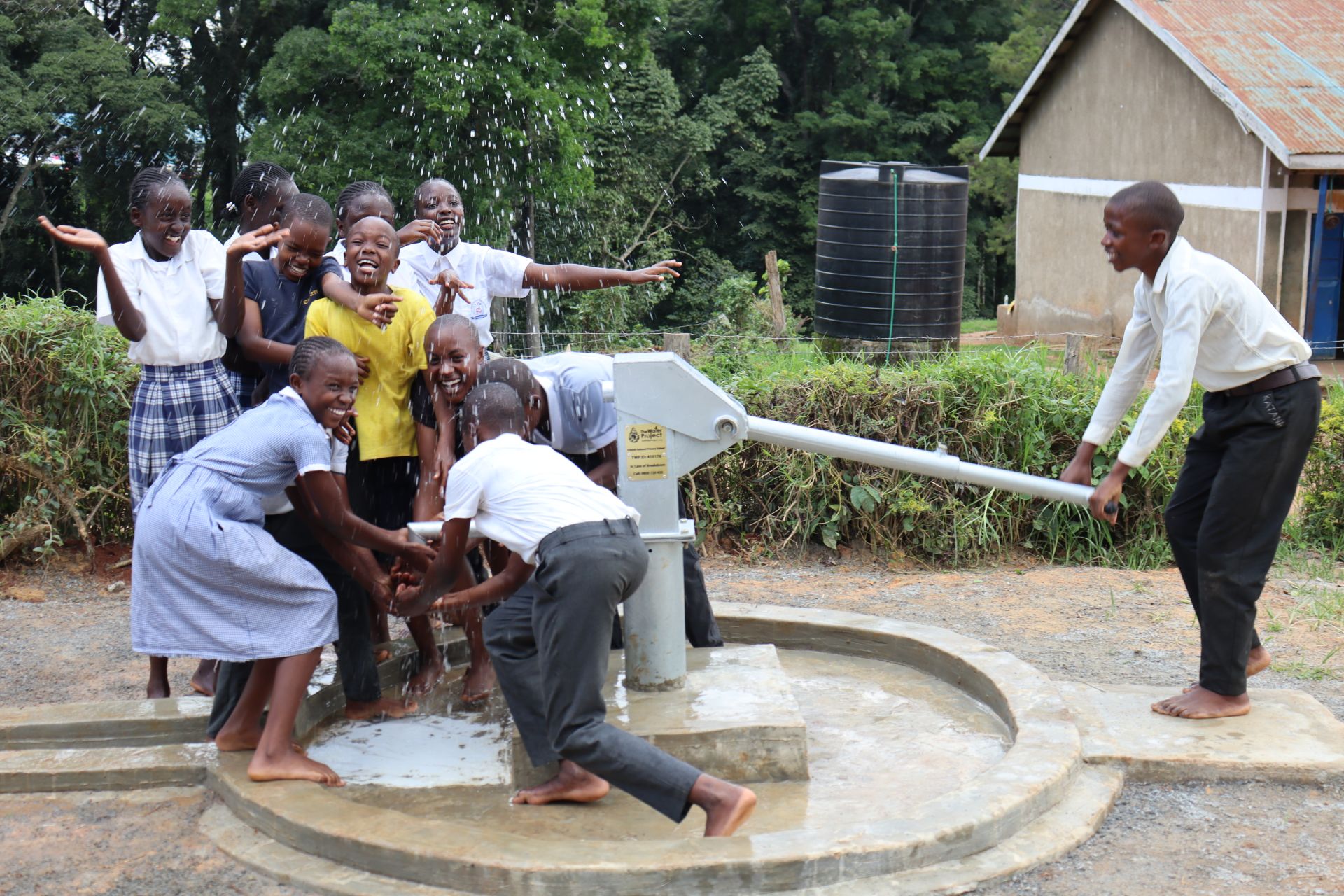
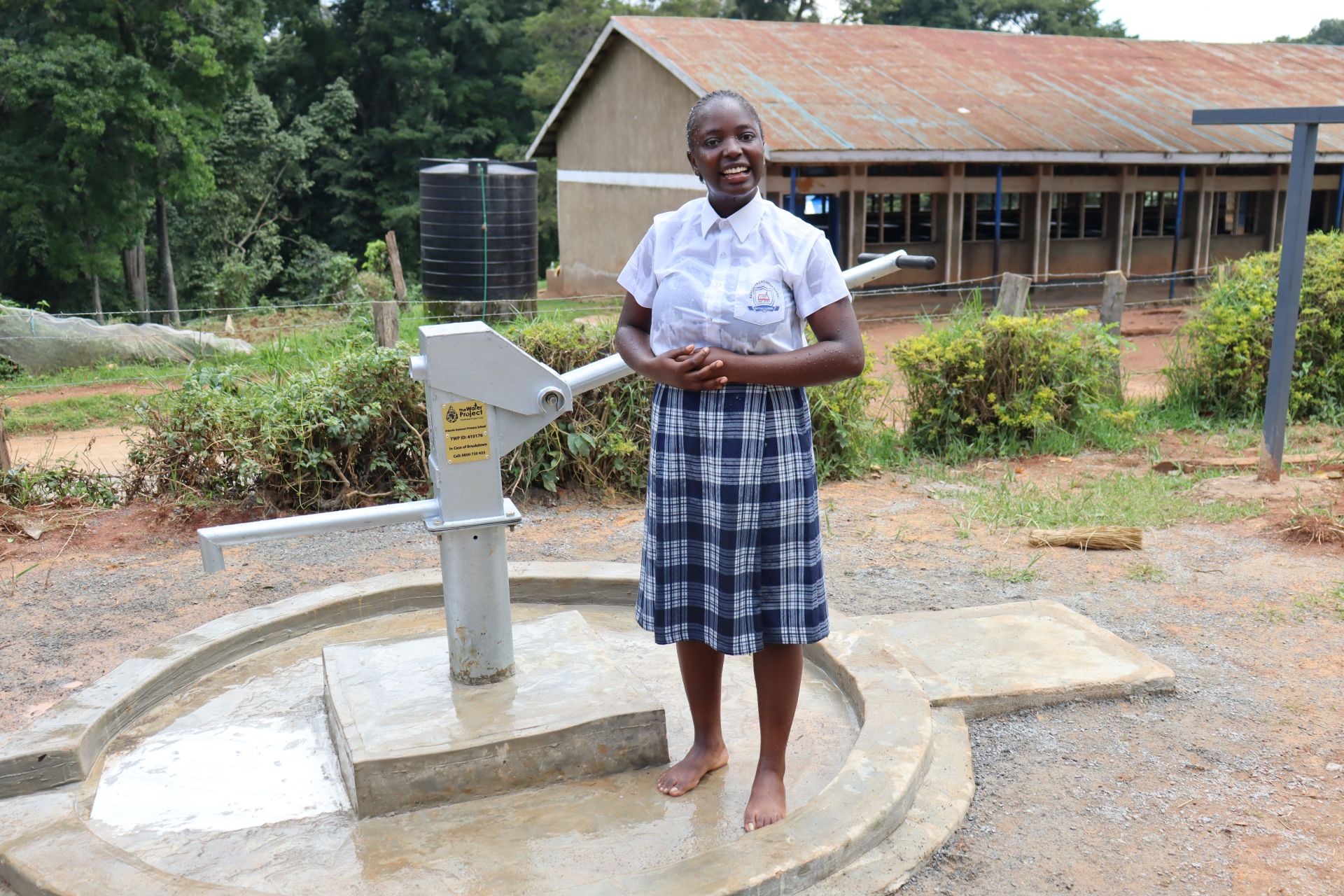 Esnas.
Esnas.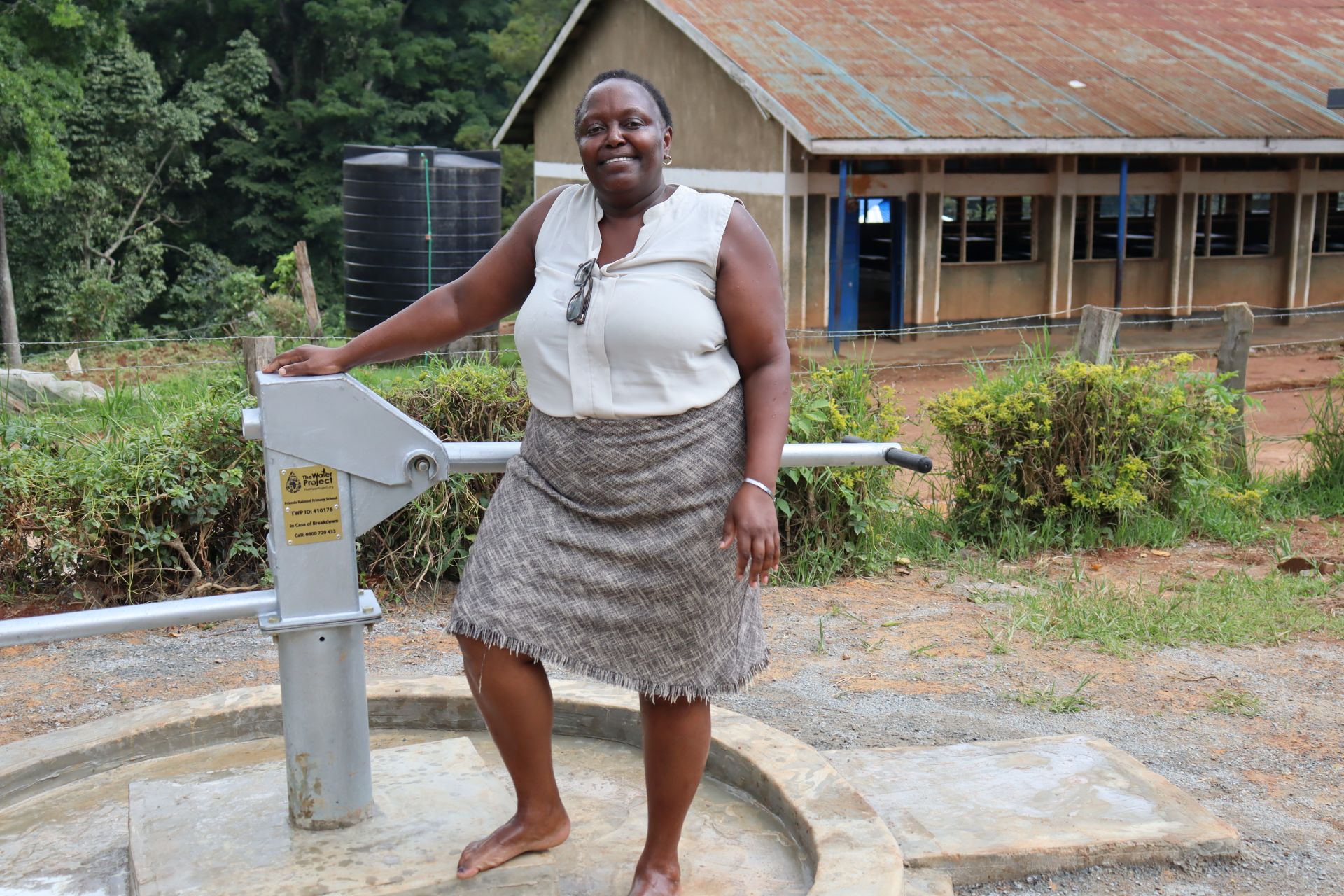 Teacher Evelyn Egesa.
Teacher Evelyn Egesa. Drilling.
Drilling.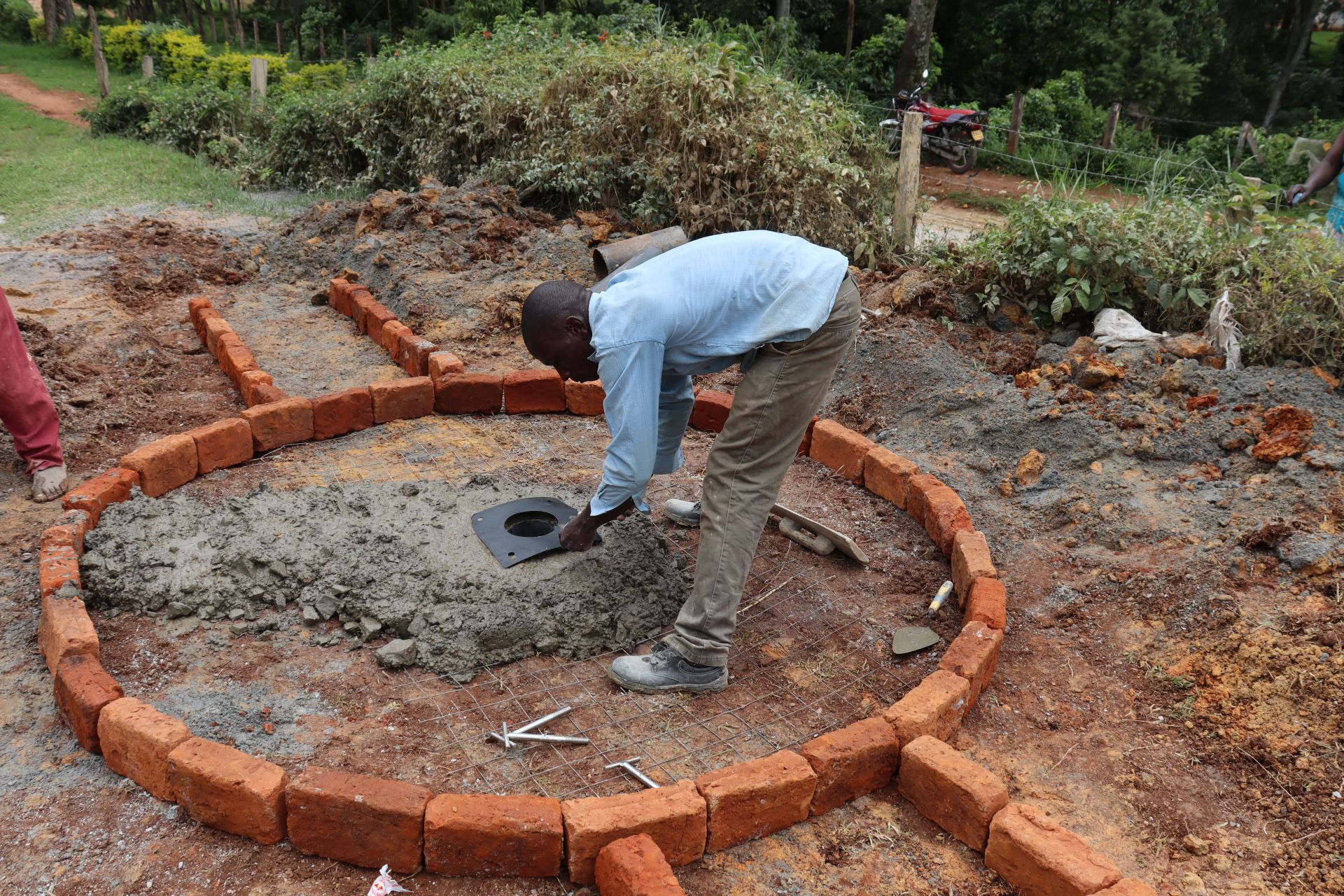 Building the well pad.
Building the well pad.
 Installing the pump.
Installing the pump.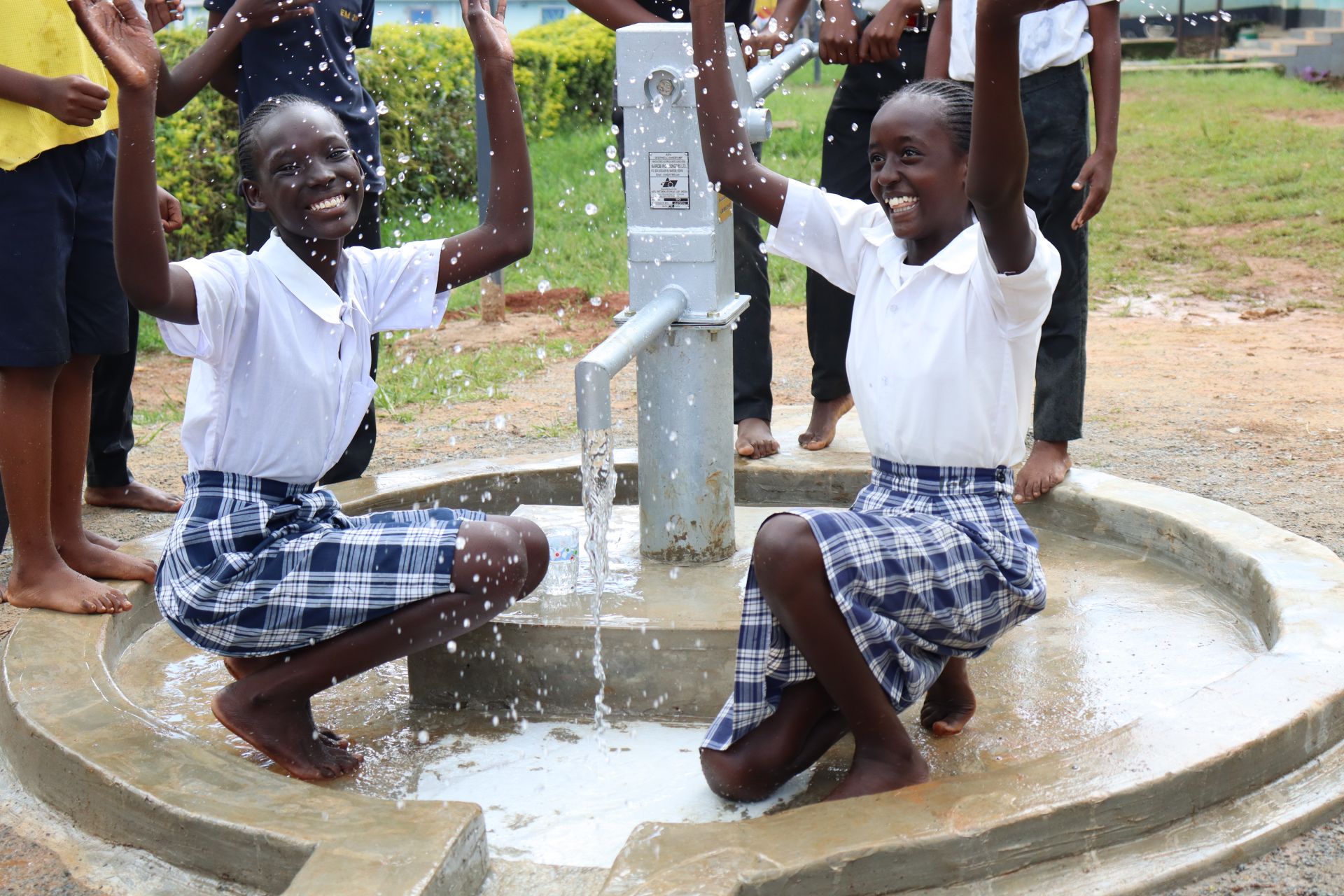
 Boys at their new latrine.
Boys at their new latrine.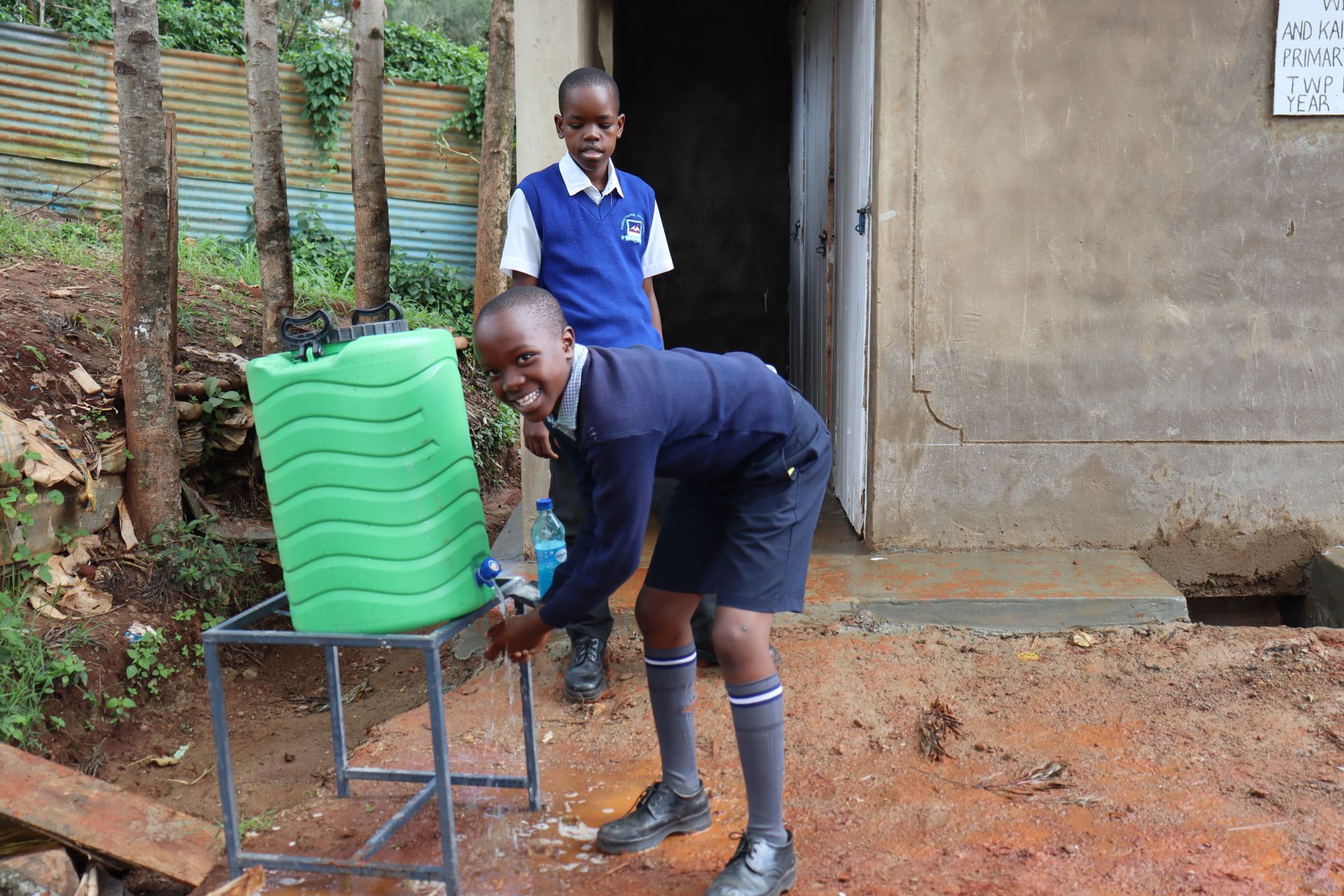 Handwashing station outside the latrine.
Handwashing station outside the latrine.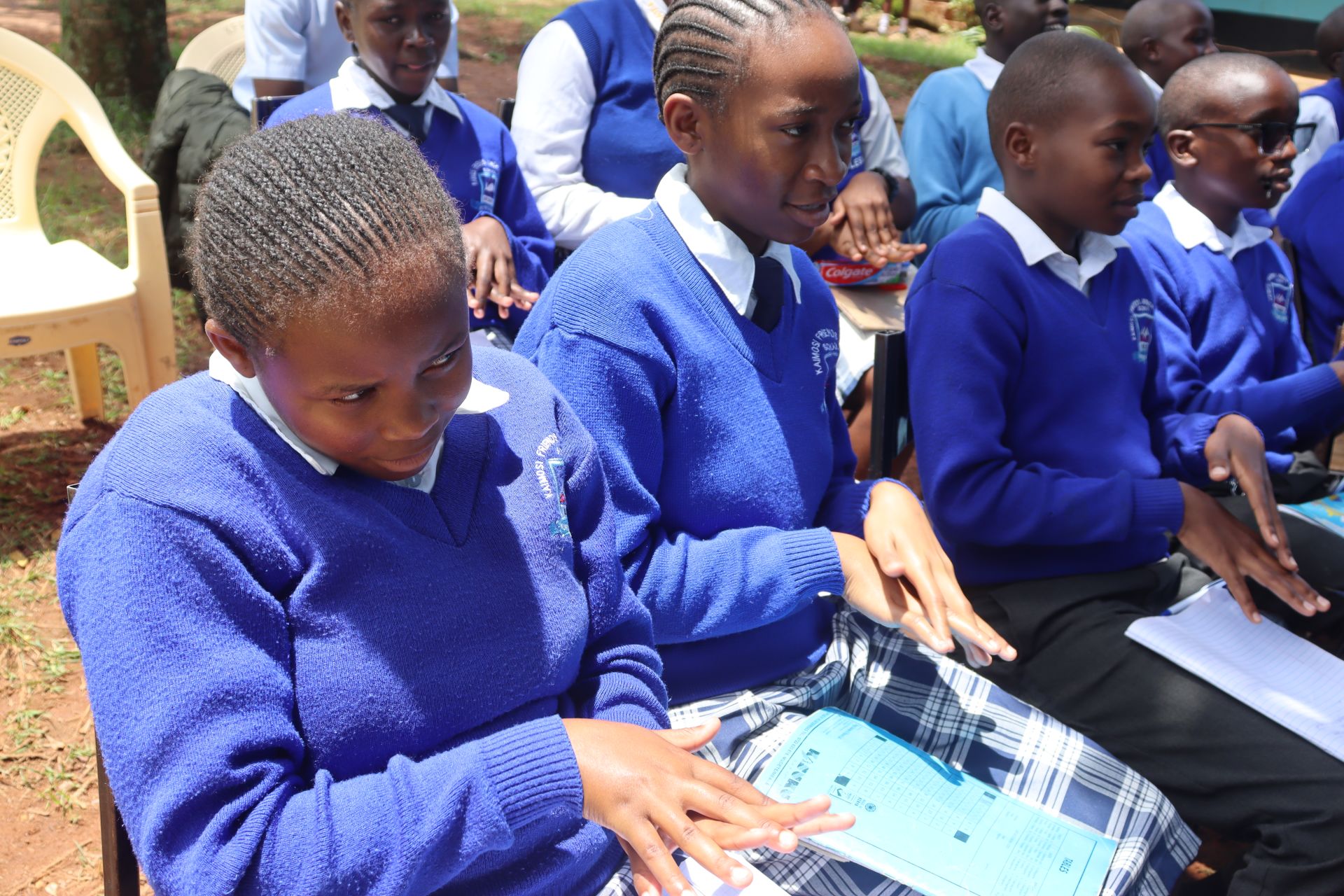 Handwashing session.
Handwashing session.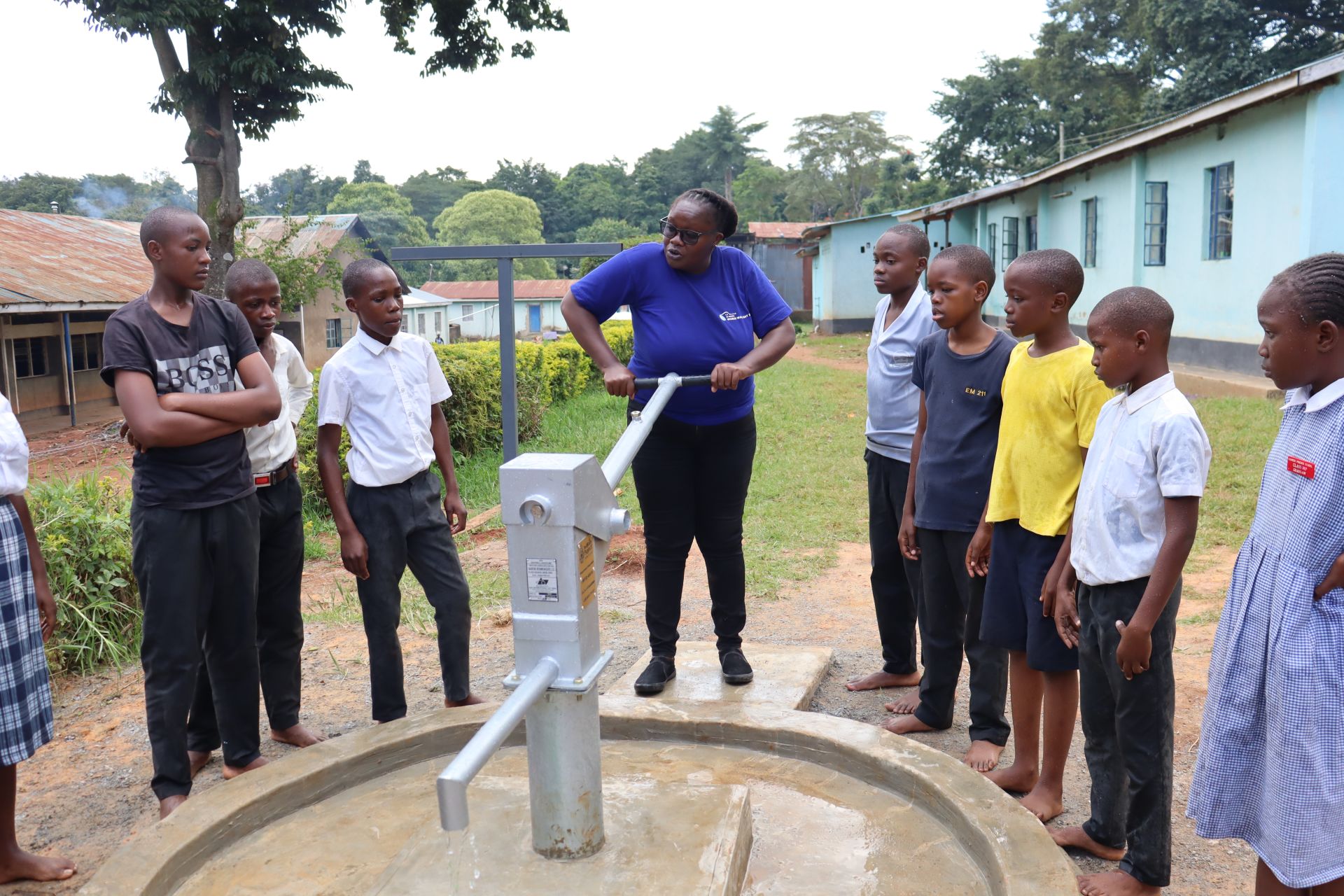 Learning how to take care of the well properly.
Learning how to take care of the well properly.
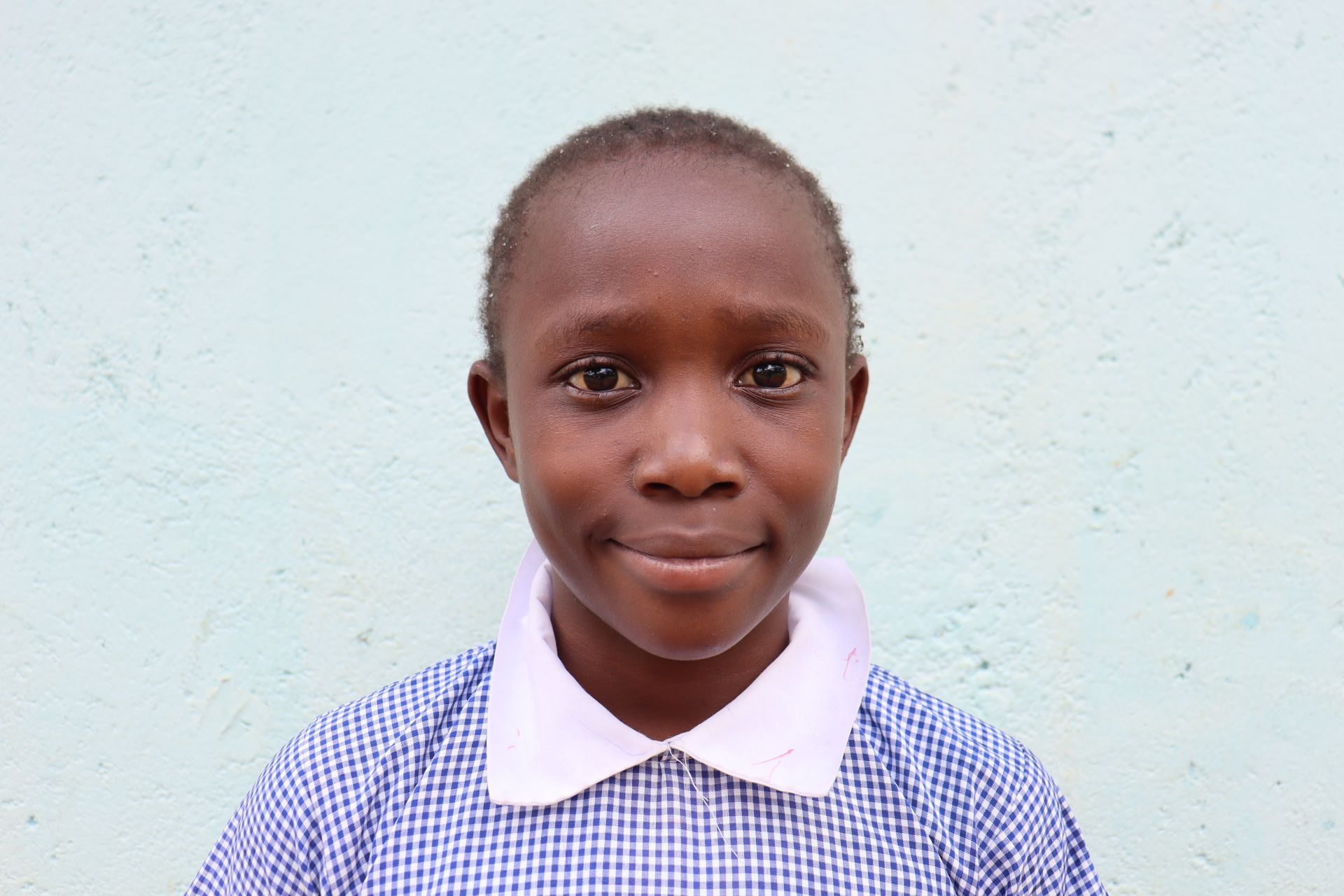 Shirley.
Shirley.







